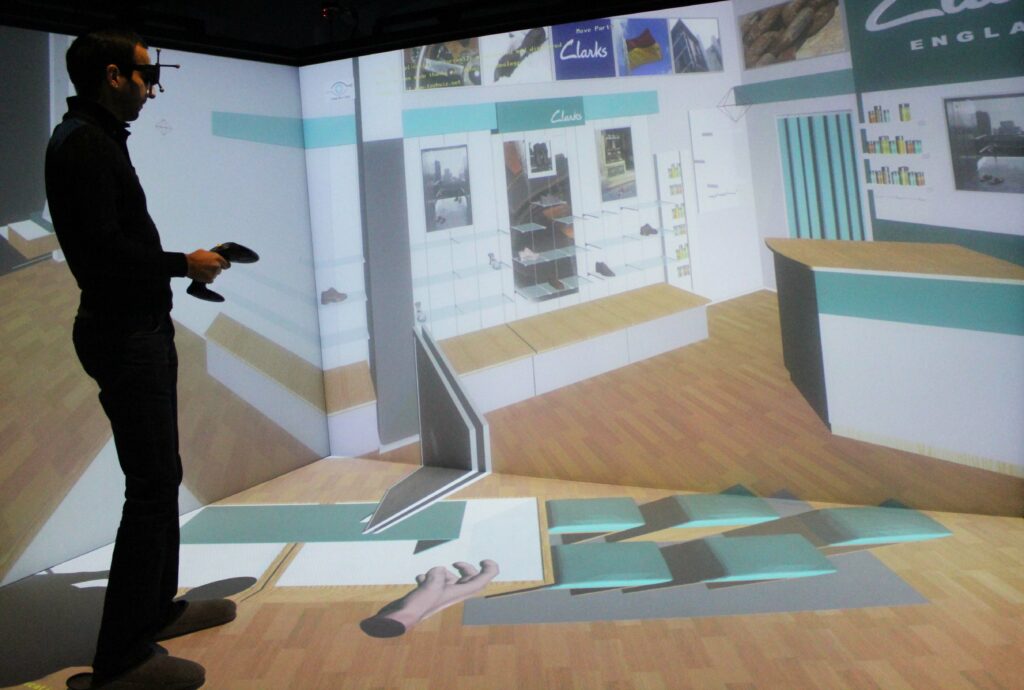

Virtual Reality is being more and more used in architecture and construction. For those industries relying on design, one of the biggest challenges is to convey 2D information into an accurate construction project. But however talented the designer may be, translating the drawings from a plan – if the plan is a drawing – into a 3D representation can lead to many errors. And we’re just talking about new constructions; things get even more complicated when it involves already-existing buildings.
Virtual reality changed tables, as there is no room left for mis-interpretation. From the initial drawings, to the collaboration with the different stakeholders, VR keeps everyone on the same page. Whether it’s for helping the architects sell the idea to a client or conveying the directions to the construction workers, interactive virtual reality is helping a lot. And if you can combine virtual reality with BIM data and 3D point clouds, then you win on every table.
Convincing a client that a design is feasible is hard. Even when the design is rendered in 3D on a computer, having to imagine how plans will render in real life is no easy task. Now multiply that number of interpretations by the number of people collaborating on the project. How do you expect to receive any valuable feedback? With multiple decision-makers involved in the project comes the need to actually get all these feedbacks. Gathering all these people at the same time is incredibly complex, and not to mention ineffective and time consuming. Nothing could be easier with a VR collaboration software that enables you to share the same virtual environment with an unlimited number of collaborators, and take measures, photos and notes to make the design as accurate as possible.
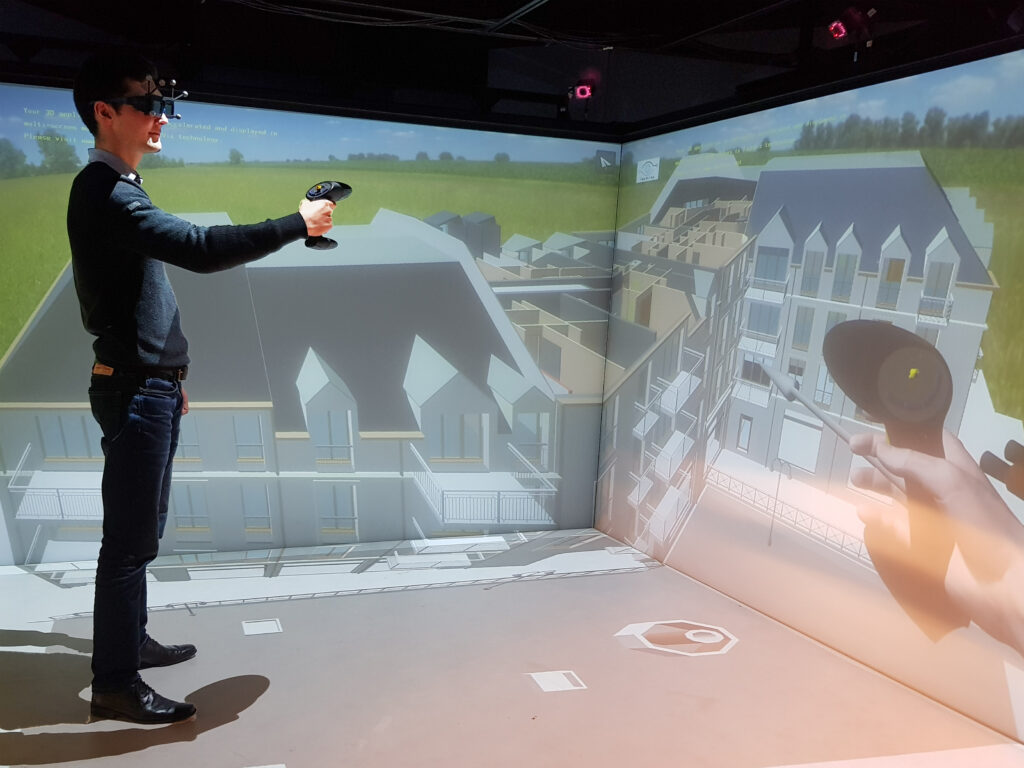
VR models can go even further in order to simulate the building in a real-like environment. You need to know what it feels like to see through a third-floor window? Or navigate from room to room, switching lights on and off and opening doors? Analyzing how clients interacted with the VR content provides interesting feedbacks for AEC companies. It shows how they could engage with the 3D data, what they could enjoy and what they could struggle with.
There are many benefits of using both BIM and VR in construction. It enables every collaborator to give their input earlier in the construction process, so that all the errors can be detected in VR before the construction really starts. It also helps optimizing costs and schedules, because you can compare both the as-constructed and the as-planned data in the virtual world, and see if you’re up to date or not and if the requirements have been fulfilled. This leads to an increase in the speed and quality of the overall project, while keeping an eye on spending. And as the mistakes are prevented earlier-on in the process, it makes you reduce costly rework.
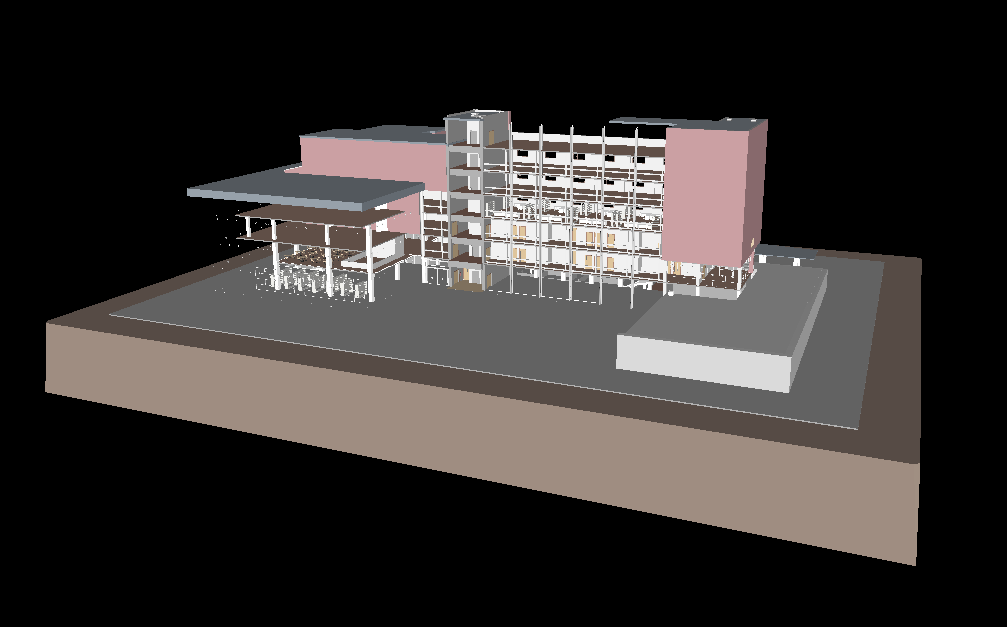
Simulate construction sequences and logistics in a virtual environment to plan resources, identify bottlenecks, and optimize scheduling. VR previews help ensure site safety, verify feasibility, and reduce downtime or rework once on site.
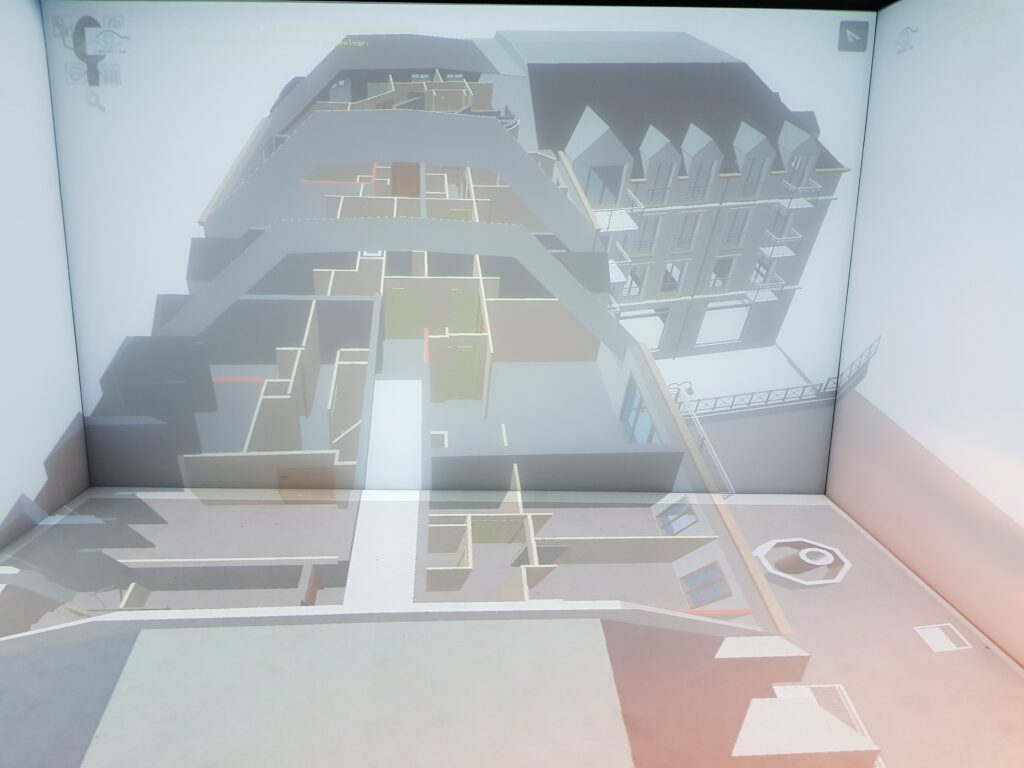
Immerse architects, engineers, and clients in full-scale 3D models directly from BIM and CAD software such as Revit, Navisworks or CATIA. VR visualization helps detect design inconsistencies, validate proportions and materials, and ensure every stakeholder clearly understands the final project before construction begins.
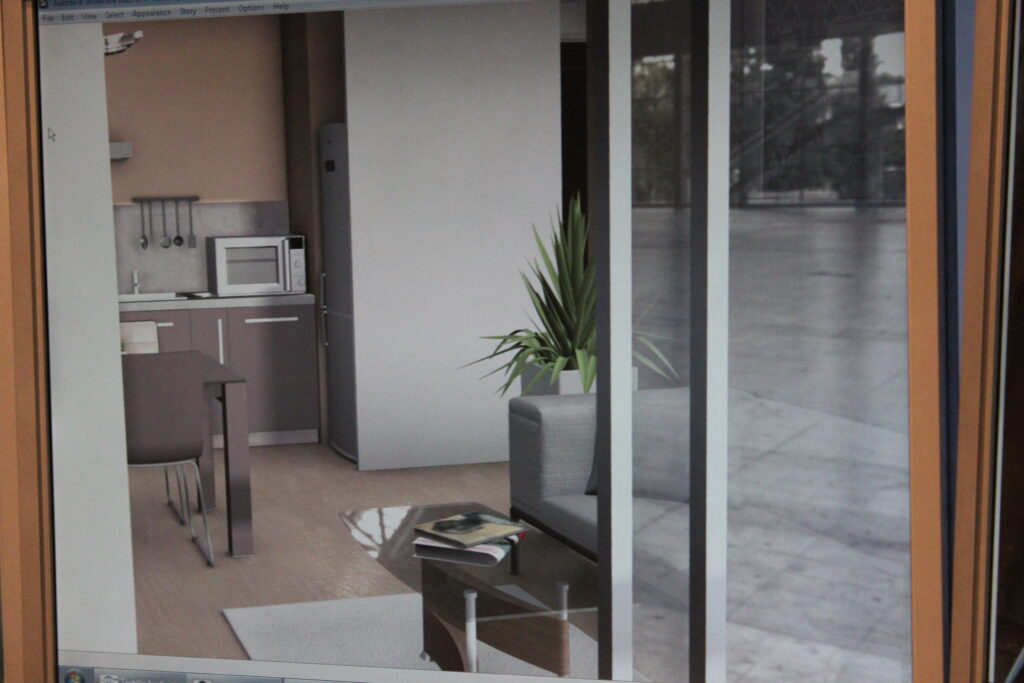
Use VR to bring all project participants, architects, engineers, contractors, and clients, into the same immersive environment for real-time design reviews. This facilitates communication, accelerates decision-making, and prevents costly misunderstandings across the project lifecycle.
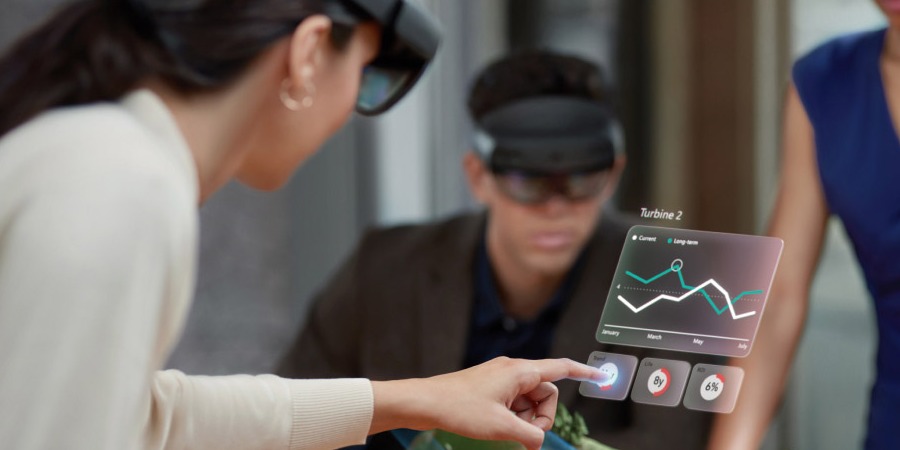
Offer clients an immersive tour of their future building before the first brick is laid. By virtually exploring spaces, adjusting lighting, or viewing materials, clients gain a better understanding of design intent, enhancing trust, satisfaction, and project approval rates.
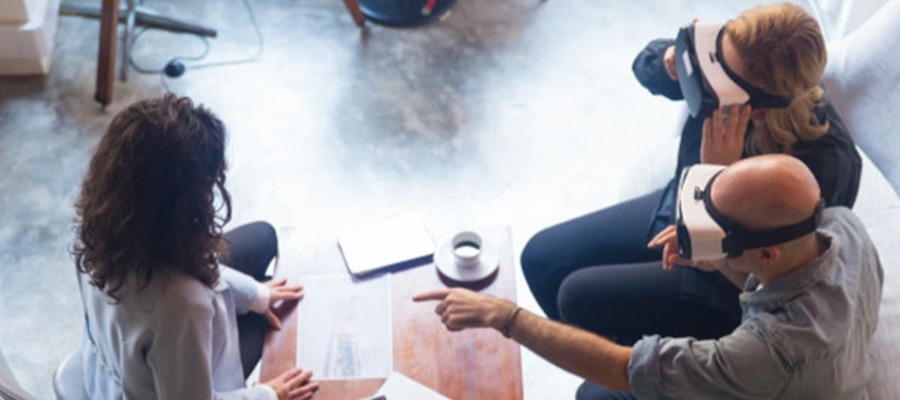
After construction, use VR models to support facility managers and maintenance teams. Linking BIM data to immersive environments allows easy access to structural information, utilities, and maintenance records, improving long-term asset management and operational efficiency.
Virtual reality is reshaping the way architects, engineers, and construction teams design, plan, and deliver their projects. With TechViz, professionals can visualize complex BIM and CAD data at full scale, detect errors before construction starts, and collaborate seamlessly across disciplines. By turning 3D models into shared, immersive experiences, TechViz helps reduce costs, shorten project timelines, and ensure that every stakeholder, from designer to client, has a clear and accurate vision of the final result.
